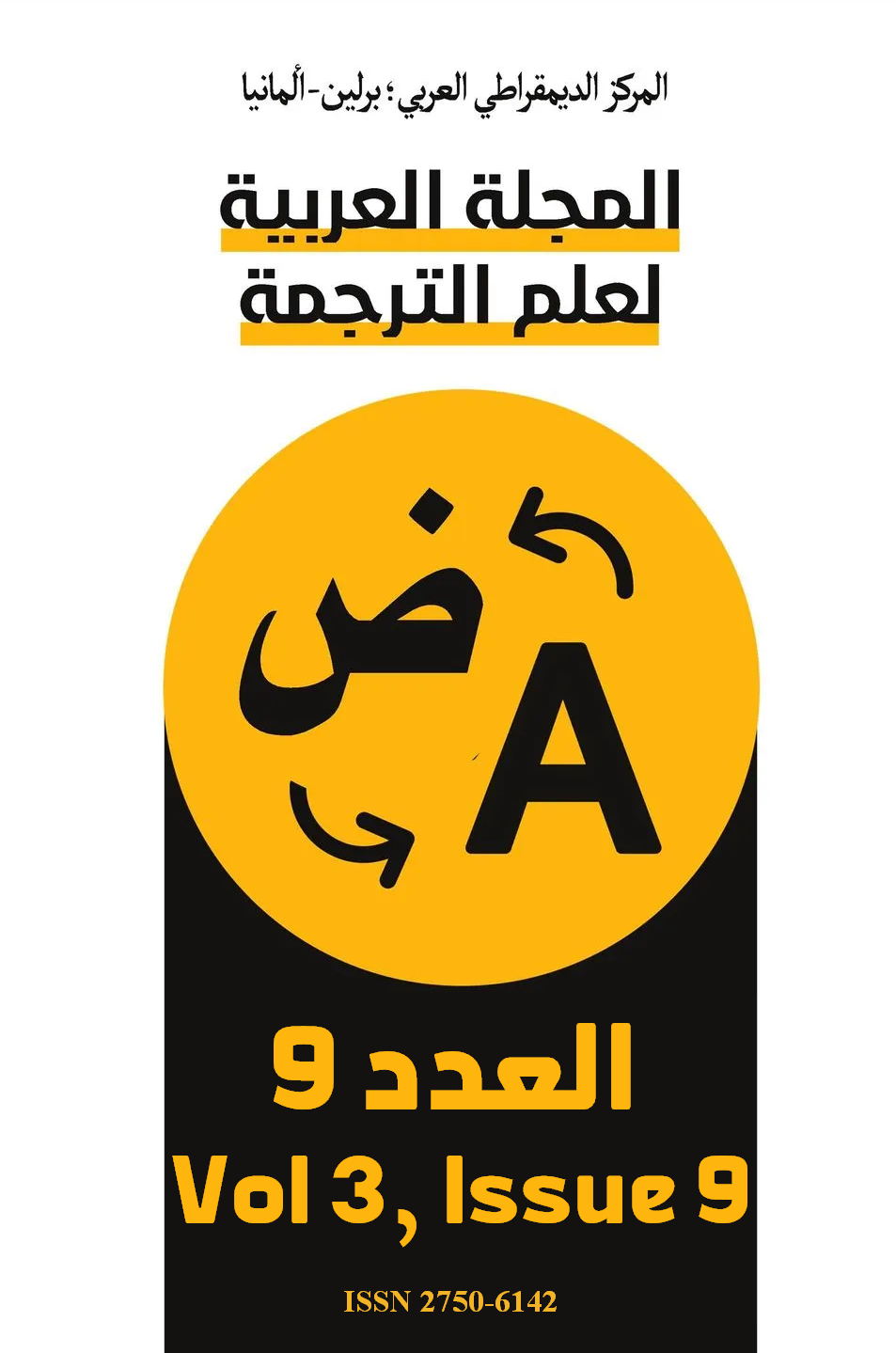Intertextuality: Textual Dynamics and Didactic Applications
DOI:
https://doi.org/10.63939/AJTS.qtgej128Keywords:
Intertextuality, Dialogism, Literary Creativity, Reader-subject, Textual NetworksAbstract
In this article, we explore the notion of intertextuality, defined as the set of relationships and influences that exist between different literary texts. Drawing on the theories of Bakhtin, Kristeva, Barthes, and Genette, we highlight how each text engages in dialogue with others, whether through explicit citations, subtle allusions, or creative transformations. Intertextuality is presented as a dynamic process in which texts mutually enrich each other, offering new perspectives for reading and interpretation.
The article also examines the pedagogical value of this concept in the teaching of literature. An experiment conducted with secondary school students in Morocco illustrates this approach. After studying La Chèvre de Monsieur Seguin, the students rewrote a scene by integrating elements from the tale Le Joueur de Flûte. This activity allowed the students to concretely discover the mechanisms of intertextuality while fostering their creativity and enhancing their understanding of the works.
In conclusion, the article demonstrates that intertextuality is not merely an abstract literary theory but a powerful didactic tool. By enabling students to recognize and exploit the connections between texts, it promotes a more critical and active reading, transforming the literary experience into an interactive and creative process.
Downloads
References
Bakhtine, M. (1965). L’Œuvre de François Rabelais et la culture populaire au Moyen Âge et sous la Renaissance. Paris: Gallimard
Bakhtine, M. (1970). Problèmes de la poétique de Dostoïevski. Paris: Seuil
Bakhtine, M. (1984). Les genres du discours. In: Esthétique de la création verbale. Paris: Gallimard
Barthes, R. (1973). Le plaisir du texte. Paris: Seuil
Barthes, R. (1984). Le bruissement de la langue. In: Essais critiques IV. Paris: Seuil
Genette, G. (1979). Figures III: Proust palimpseste. Paris: Seuil
Genette, G. (1982). Palimpsestes: La littérature au second degré. Paris: Seuil
Kristeva, J. (1969). Sèméiôtikè. Recherches pour une sémanalyse. Paris: Seuil
Kristeva, J. (1974). La Révolution du langage poétique: L'avant-garde à la fin du XIXe siècle, Lautréamont et Mallarmé. Paris: Seuil
Laurent, J. (1976). La Stratégie de la Forme. Paris: Seuil
Riffaterre, M. (1980). La Trace de l'Intertexte . La Pensée, (215), p. 4-18
Riffaterre, M. (1981). L’Intertexte Inconnu. Critique, (412), p. 4-7
Sollers, P. (1968). Niveaux Sémantiques d’un Texte Moderne. In: P. Sollers (Dir.), Théorie d'ensemble (p. 317-325). Paris: Seuil, coll. Tel Quel
Sollers, P. (1986). « Écriture et Révolution ». Dans P. Sollers (Dir.), Théorie d'ensemble (p. 67-79). Paris: Seuil, coll. Tel Quel
Sollers, P. (Dir.). (1968). Théorie d'ensemble. Paris: Seuil, coll. Tel Quel
Downloads
Published
Issue
Section
License

This work is licensed under a Creative Commons Attribution-NonCommercial 4.0 International License.
As an open-access the journal follows the CC BY-NC 4.0 Attribution-NonCommercial 4.0 International which states that:
- you are free to:
- Share— copy and redistribute the material in any medium or format.
- Adapt— remix, transform, and build upon the material.
- Under the following terms:
- Attribution— You must give appropriate credit, provide a link to the license, and indicate if changes were made. You may do so in any reasonable manner, but not in any way that suggests the licensor endorses you or your use.
- NonCommercial — You may not use the material for commercial purposes.
- No additional restrictions — You may not apply legal terms or technological measures that legally restrict others from doing anything the license permits.












